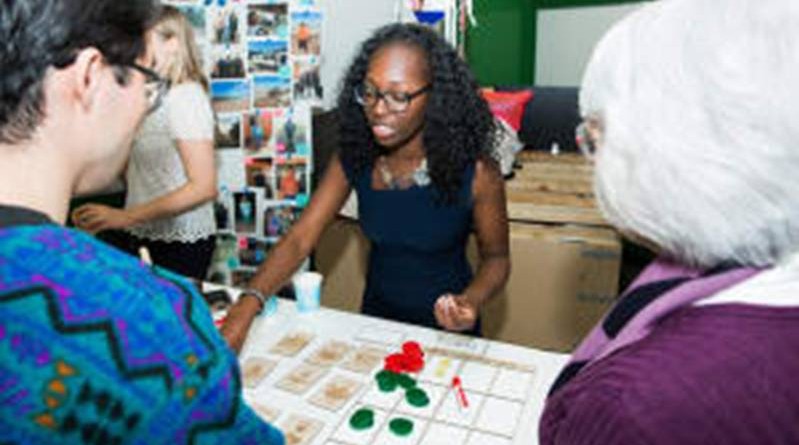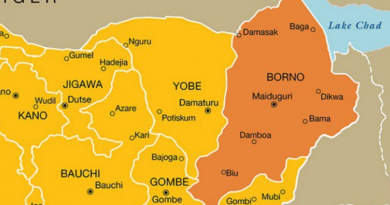This class helps developing-world solutions reach people in need
A fleet of rapid-response motorcycles, rigged up to transport pregnant women in labor through a remote community in Paraguay, does not sound like the typical tech startup to emerge out of a Stanford University course.
But in the 15 years it’s been offered, Design for Extreme Affordability, a course cohosted by the university’s design, business, and engineering schools, has guided students to design products and innovations that directly address specific challenges faced in the developing world, and potentially bring them to market.
Medicarro, the motorcycle transit project, was one of 10 that the 40 students in the course brought about this year. Teams also worked together to devise Fire & Ice, a solar-powered refrigerator that small shopkeepers in Uganda can use to keep drinks cool and earn additional income; Cleankit, a training and education kit that surgical staff can use to ensure tools and equipment are up to hygienic standards; and Los Tres Nanos, a low-cost medical tool that will help physicians in the developing world more accurately monitor and correct cleft palate and other orthodontic issues. A now well-known innovation that came out of 2012’s course is Embrace, an innovative, no-power sleeping bag for newborns that, without incubators, are at risk of dying of hypothermia in hospitals. By 2016, over 200,000 babies had benefited from the innovation.
“What we’ve been doing for over 15 years is trying to balance bringing in partners with real-world challenges with giving students a project-based, real-world experience of trying to develop products to address those challenges, and business models that can bring them to market,” says the program’s faculty director, Stuart Coulson. Design for Extreme Affordability has grown over the years. While it used to be a one-quarter class, focusing on addressing a more limited range of issues, it now runs two quarters from January to June, which allows students to travel to the countries for which they’re designing solutions. And as the program has grown, it’s been able to expand the number of on-the-ground organizations it brings in to work with students on designs.
The course is able to actually create impact with the designs it fosters because it’s not just students sitting in a room confronting remote problems. Rather, the teams of students are paired with organizations from around the world that are already working in the issue area. Medicarro, for instance, arose from a partnership with Fundación Paraguaya, an organization that measures 50 indicators of poverty in the country–from access to drinking water to income above the national poverty line–and applies specific strategies to address each measure. One of the key overarching indicator categories is health, and when two of the Stanford students on the team assigned to partner with Fundación Paraguaya traveled to the country in March, they realized that it wasn’t just a lack of healthcare options that was an issue–for women in labor, it was the lack of a means to reach those options in time.
“In these communities, getting to the hospital is very difficult,” Coulson says. The road infrastructure is not good to begin with, and existing options are either expensive (taxis), or difficult to access when in labor (public transportation, which may require a long walk from home). So the students looked at another, more affordable option–motocarros. Something of a hybrid between a truck and a motorcycle, the transit vehicles are ubiquitous in Paraguay, and the students designed an option where the truck portion in the back of the vehicle would be large enough to hold the patient, an EMT, a bed structure, and basic medical equipment.
Because the whole purpose of the course, though, is to bring solutions to market, the students had to figure out a system to dispatch the medicarros to women in need. “They’re working with a volunteer firefighting service in the community to figure out how to integrate into their call center and dispatch system,” Coulson says, “as well as figuring out the proper number of vehicles to develop, and a system for the drivers to implement the service and get paid for what they do.” All these steps, Coulson says, will be worked through in partnership with Fundación Paraguaya during a pilot launch in Paraguay this summer.
But in launching the pilot, the team won’t be without support. One of the things the Design for Extreme Affordability staff learned throughout the course of running the program, Coulson says, is that even if the students and partners landed on a viable solution to an issue, the projects often “fell off a cliff” at the end of the course. Stanford developed two additional support programs to which students and partners can apply to receive business development and technical assistance through the university as they work to roll the projects out in their respective countries.
In the field of addressing poverty and developing-world issues, there are many solutions that emerge out of labs and think tanks in the developed world, but either never reach their intended markets, or do, only to find it wasn’t what people in the intended region actually need. The innovations coming out of the Stanford course, while hyper-specific, aim to serve as models for how solutions to developing-world issues should be addressed–in partnership with locals, and with a clear path from idea to implementation.




